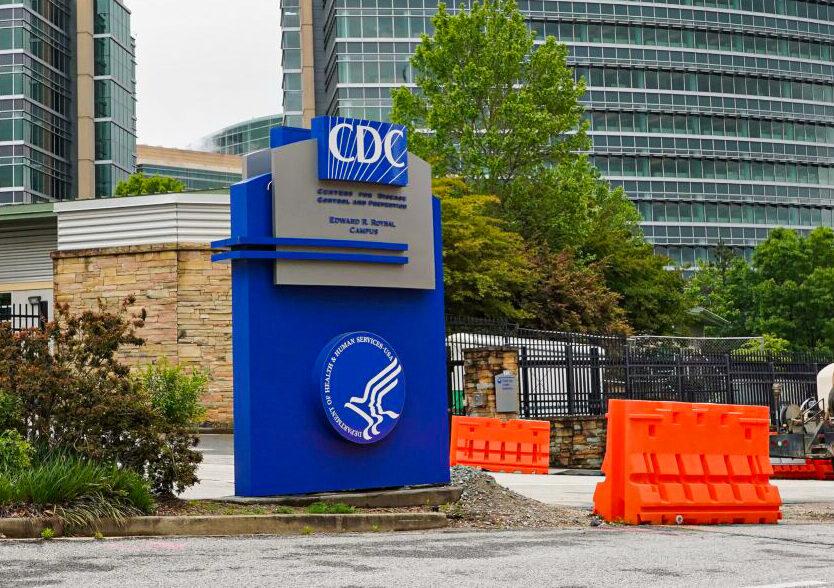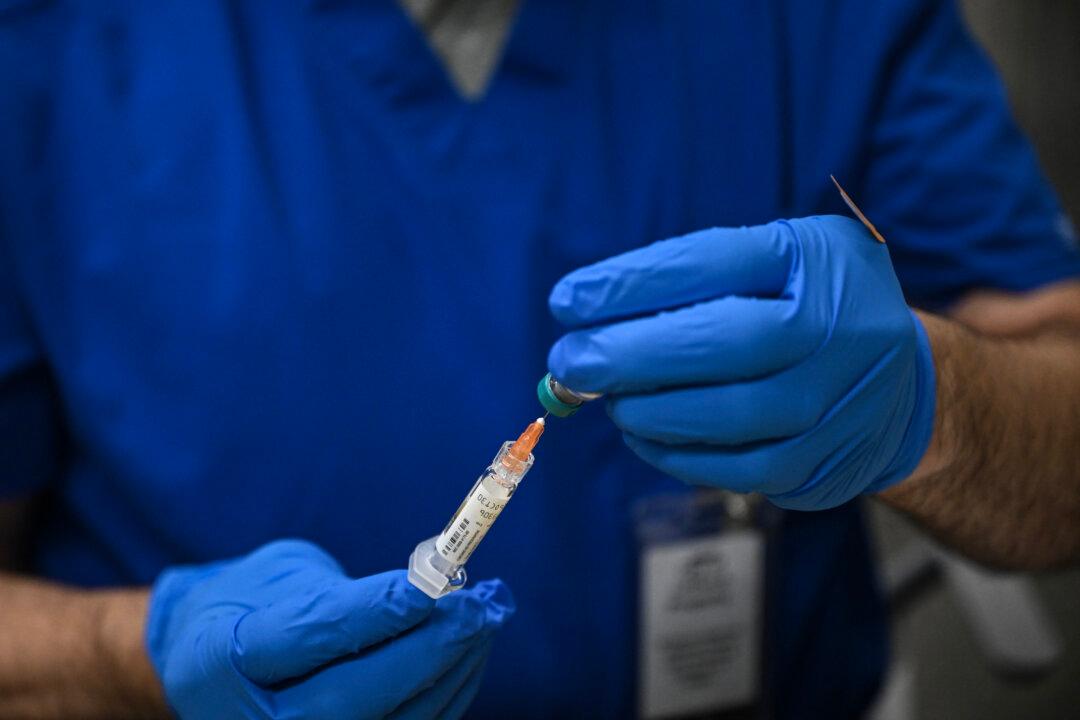Young males suffered heart inflammation at higher rates following a booster dose of Pfizer’s COVID-19 vaccine, according to newly released data from the Centers for Disease Control and Prevention (CDC).
Males aged 16 or 17 had about 139 cases of myocarditis, a form of heart inflammation, per million second doses administered, according to the data, which was drawn from the Vaccine Safety Datalink (VSD), a CDC monitoring system.





